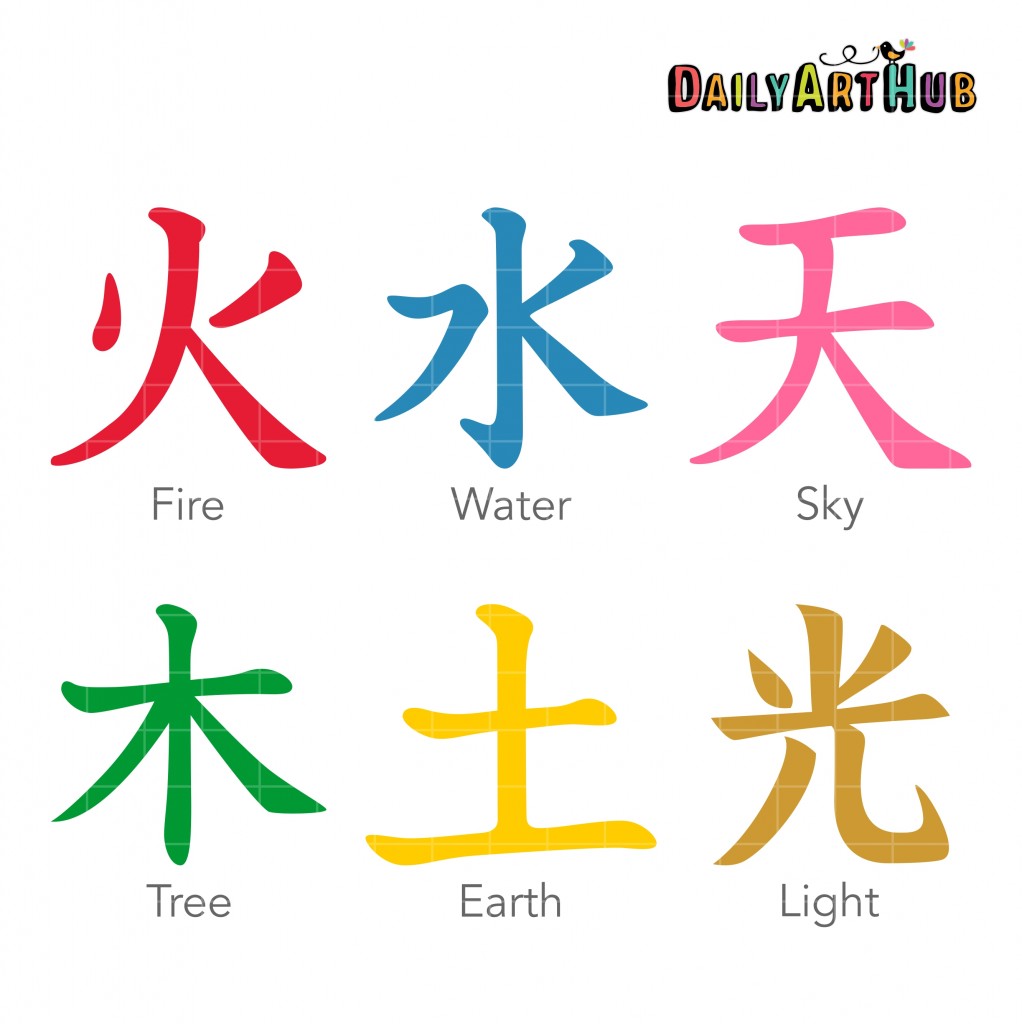

Radicals refer to the components in a kanji character. It can mean a few things: origin ( 起源), deadline ( 期限), mood ( 機嫌), and era ( 紀元) are just a few examples. These two words have totally different meanings but the exact same pronunciation! If one uses just the hiragana which is かんじ, people reading it wouldn’t be sure what it’s actually referring to, but with the kanji characters, they’ll be able to.Īnother example is the pronunciation “kigen”. One is kanji ( 漢字) which refers to the Chinese characters, and the other is kanji ( 感じ) which has the meaning of “feeling”. Even this pronunciation has at least two different meanings. One pronunciation can have over 50 different meanings! The Japanese differentiate them from the kanji characters.Ī simple example is the pronunciation of “kanji”. In the Japanese language, there are tons of homonyms, which means that there are so many words that have the same pronunciation and sound. This technique can be applied to most, if not all, of the kanji characters in the Japanese language. If you combine all of them together, you can guess that the combined kanji characters refer to the study of humankind.

All of these kanji characters are basic to lower-intermediate. The kanji 人 refers to “human”, the kanji 類 means “kind” and the kanji 学 has the meaning of “study”. Even if you don’t know the word in Japanese and how it’s pronounced, you can guess what the word of combined kanji characters based on the individual meaning. Once you can recognize kanji characters individually, you can definitely recognize them when they’re joined together.įor example, the word for anthropology in Japanese is jinruigaku ( 人類学). While it’s best to know the pronunciation of the kanji characters, even if you don’t, you can somehow guess the context if you know the meaning of the kanji character. Let’s take a look at some of them! Prediction of meanings

There’s not only one way that the kanji is notably useful in the Japanese language - there’s quite a few. They are so significant in interpreting the meanings of the sentence and words. You may not want to believe it, but kanji is extremely important in the Japanese language. How cool are the flexible changes of kanji in the Japanese language? The Importance of Kanji in the Japanese Language For example, if the kanji 草 joins with the kanji 食, it becomes soushoku ( 草食) to mean herbivorous.

The kanji on its own is pronounced in kunyomi, but when it is connected with another kanji, both words are pronounced in the onyomi way most of the time. The Chinese pronunciation, the onyomi, is “sou” while the Japanese pronunciation, the kunyomi, is “kusa”. Kunyomi is the native Japanese reading.Īn example is the kanji 草. The onyomi is the Chinese-style reading based on the sounds of the ancient Chinese languages. This is known as the onyomi ( 音読み) and kunyomi ( 訓読み). In fact, there are even differences between how the Chinese pronounce their characters and how the Japanese pronounce their characters. The Japanese adopted the kanji from them, however, there is no direct link between the two language families other than using the same characters. Kanji characters in the Japanese language are basically the Chinese characters. This brings up the question: how important is kanji in the Japanese language that one can just not study it? Does one really need to know the kanji to be fluent in Japanese? Let’s take a look at the importance of kanji and how it plays a role in this culturally rich language! Kanji As One of Three Japanese Writing Systems Each character looks so complicated and there are so many characters that it seems like there is no end to them! Because of that, some even drop the kanji and focus on the other two writing systems, hiragana and katakana. Out of the three, kanji is usually the writing system that Japanese learners have difficulty in getting used to. In one sentence, you can have all three! How amazing is that! However, for those who are considering picking up the language, it might be intimidating as three writing systems seems like a challenge - some might have the mentality that one writing system is hard enough to master! The Japanese language has three writing systems: hiragana ( ひらがな), katakana ( カタカナ) and kanji ( 漢字).


 0 kommentar(er)
0 kommentar(er)
